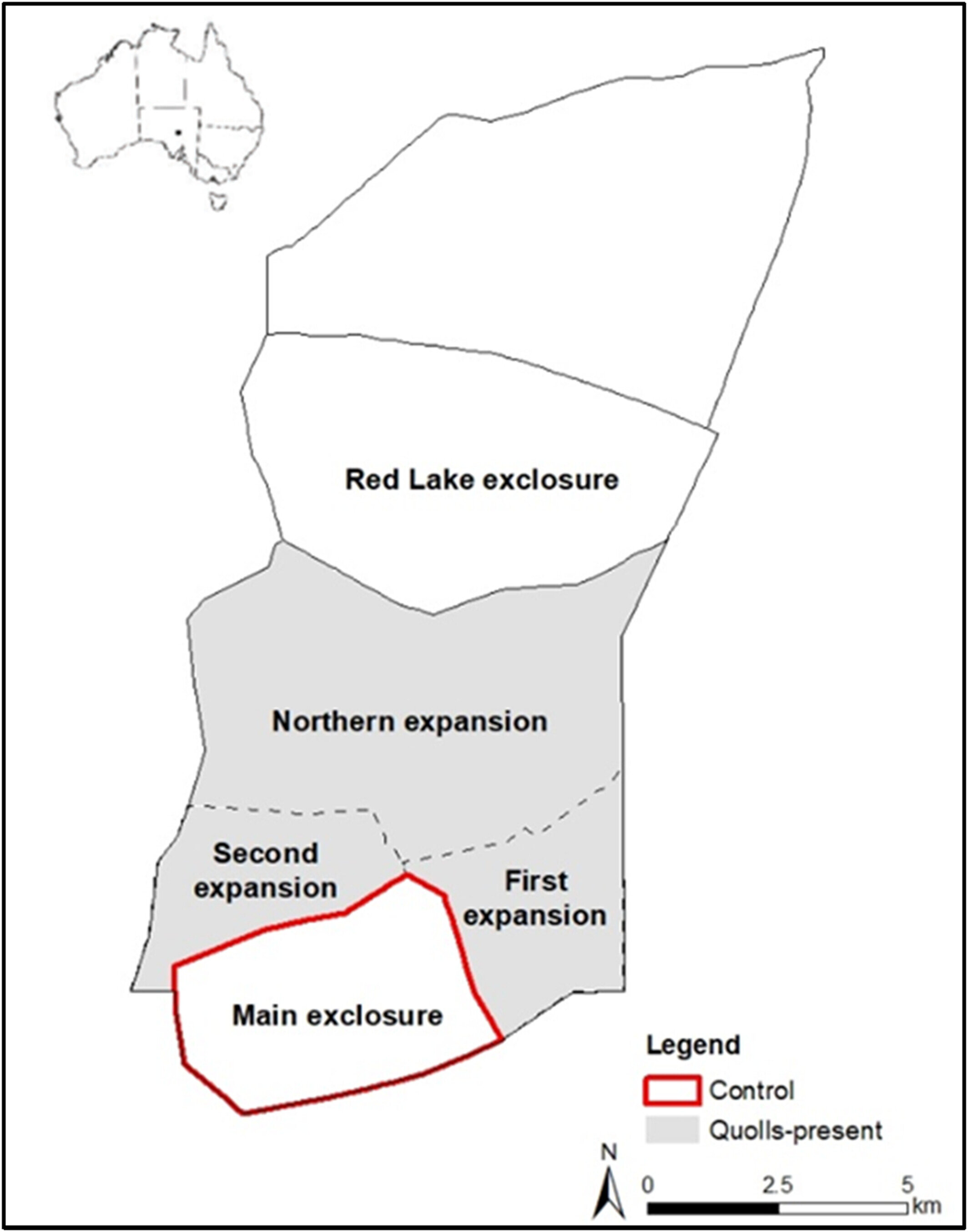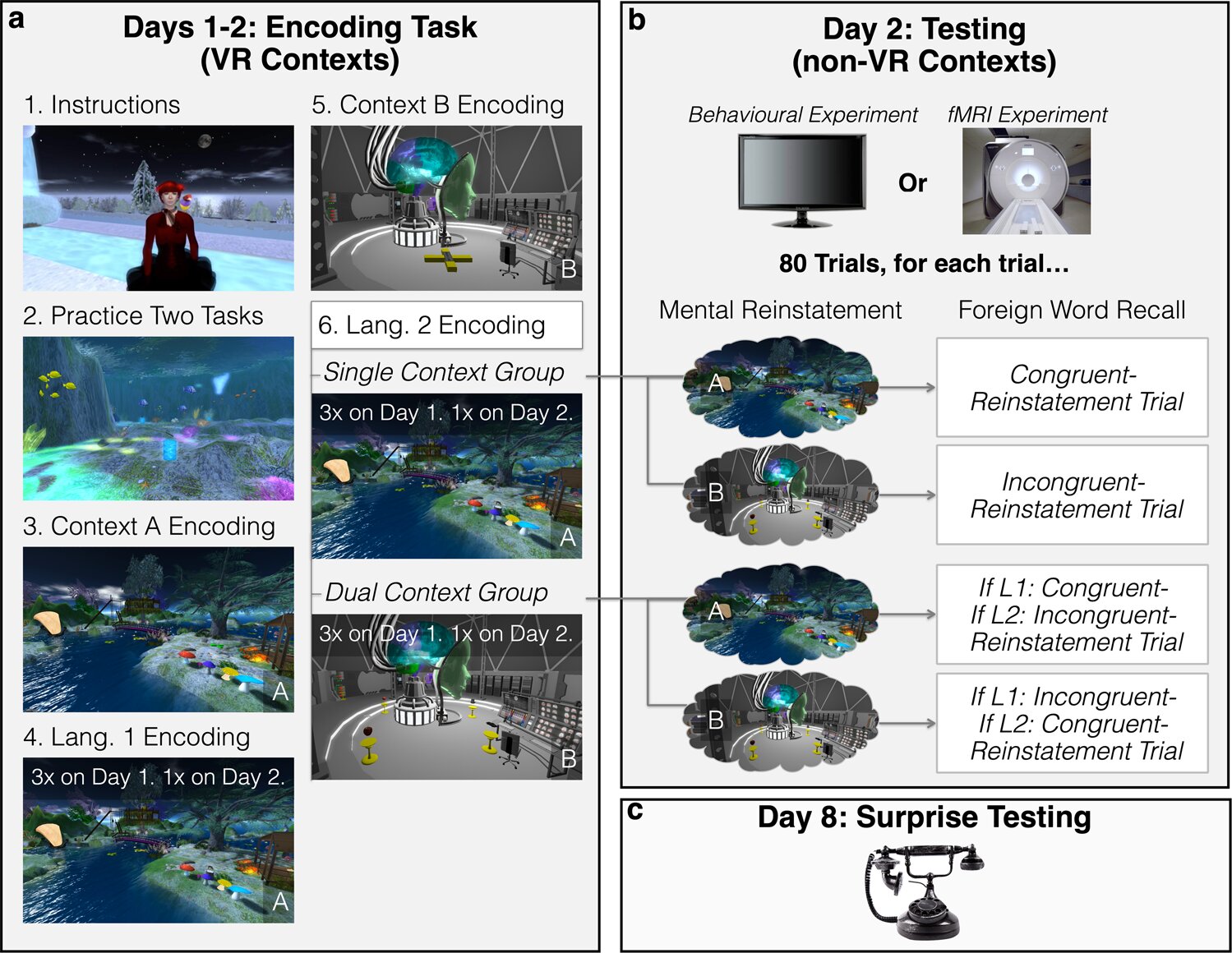#What happens when you reintroduce a predator to a conservation area? These quolls were put to the task

Table of Contents

In the first reintroduction of western quolls to a fenced conservation reserve, researchers from UNSW and Arid Recovery watched closely to measure their impacts on local prey species. While predation by quolls and the impacts of drought caused declines in prey species, quolls did not hunt any species to local extinction.
In Australia, many endangered wildlife have been reintroduced into fenced reserves, where they are safe from non-native predators—such as foxes and cats—that led to their initial decline across the country. However, historically these reserves have been free from native mammalian predators too.
In more recent years, these fenced reserves, also known as ‘safe havens,’ have begun to reintroduce native predators as a ‘stepping stone’ for helping endangered species survive back in the wild. Reintroduction of predators helps to regulate overabundant prey numbers and address the issue of prey ‘naivety’ (a loss of predator awareness), which often results from living within these safe havens.
Benjamin Stepkovitch, a Ph.D. student from the UNSW Center for Ecosystem Science, analyzed the impact of reintroducing western quolls to the Arid Recovery Reserve over four years. The results were published in Animal Conservation.
“Reintroducing native predators has been proposed as a solution to not only conserve the predators themselves, but to help restore ecosystem balance inside fenced reserves,” says Mr. Stepkovitch.
“Our study found that quolls had a dietary preference for some reintroduced prey species and native rodents, which in conjunction with a drought, contributed to the decline of some of these species in the reserve. However, quolls also switched to more abundant prey species when others declined. For bilbies, bettong and bandicoots, this meant that their populations persisted and bounced back after the drought. For stick-nest rats, the story was more complex.”
With more conservation reserves planning to reintroduce western quolls in future, the research team are suggesting that careful selection of species and ongoing management is required to help balance predator and prey reintroductions into fenced reserves across Australia.
The impact of reintroducing prey species
When foxes and cats were introduced to Australia, lots of small native mammal species were hunted to extinction on the mainland.
“Then in the ’90s, a bunch of organizations, including Arid Recovery, started to create small, fenced reserves, which are known as safe havens. The fences are used to keep the predators out to help create insurance populations of native threatened species,” Mr. Stepkovitch says.
However, predators have been largely overlooked as candidates for reintroduction to fenced reserves, despite 119 carnivore species listed as threatened worldwide.
In the absence of any predators, prey species can begin to lose the ‘smart’ anti-predator behavior that helps them avoid predation in the wild. “Losing predator awareness means these species will be unlikely to survive outside fenced reserves in the future,” says Mr. Stepkovitch.
Some species can also become overabundant without predators, leading to negative consequences for the environment, such as eating too much vegetation, which can impact other species inside these fenced reserves through competition for what is left to eat.
“Reintroducing native predators may not only help conserve the predators themselves, but also address some of these issues in fenced reserves,” says Mr. Stepkovitch.
Regardless of the benefits, reintroducing predators to fenced reserves still raises potential issues, such as threats to resident threatened prey species and difficulty in monitoring the ecological effects of their reintroduction.
“In fact, as part of a recent review, we discovered that of 536 carnivore reintroductions analyzed, less than 10% of studies relating to these projects investigated the impacts to prey populations and the ecological effects of predator reintroductions.”
While some reserves have begun to slowly reintroduce native predators, a famous example being wolves in Yellowstone National Park, reintroduction of predators to fenced reserves still remains rare, particularly in Australia.
“If scientists don’t put the work in to monitor the effects and impacts of predator reintroductions after those carnivores are released, we can’t be confident that reintroducing predators will bring balance back to ecosystems,” says Mr. Stepkovitch.
Hunting preferences and prey switching
Mr. Stepkovitch and his co-authors analyzed the predation habits of western quolls over four years at Arid Recovery, one of the country’s longest running and largest fenced safe havens, located in South Australia. In particular, the team studied the impact of reintroducing western quolls on other reintroduced threatened prey—namely bilbies, bettongs, bandicoots and stick-nest rats.
The team tracked the hunting patterns of quolls through a number of methods. “There was a lot of intensive monitoring in the first year of the study, so someone would track where the quolls slept and then locate the animals they had killed the night before, which would be taken to the lab to confirm they had been hunted by a quoll.
“Over the full four years of the study, we had a host of radio-tracking data from prey species that were monitored in the reserve, as well as radio-tracking from a control area where quolls weren’t reintroduced. A huge part of our data was collected through the analysis of over 500 scats that were examined to identify what the animals were eating.”
Following the reintroduction of quolls at Arid Recovery in 2018, four years of monitoring revealed that quolls predated on all four reintroduced prey species and native rodents.
“Quolls demonstrated a preference towards hunting bandicoots, bettongs and small native rodents inside the reserve, which, in conjunction with a drought, led to declines in the number of bandicoots and bettongs,” says Mr. Stepkovitch. “However, importantly, quolls also switched to more abundant prey species when others declined and as such reduced the risk of causing local extinction of prey species in the four years since their reintroduction.
“This meant that bilbies, bandicoots and bettongs persisted through the drought despite pressure from quolls as predators. Stick-nest rats however, did go locally extinct during the study due to a combination of competition with bettongs, drought and heat wave conditions, with predation by quolls being just one additional factor.”
Careful monitoring of conservation areas
Careful consideration and monitoring is needed by conservation programs aiming to reintroduce western quolls to other fenced reserves and islands in the next few years.
This study shows that the benefits quolls provide by filling the role of an apex predator inside these reserves may outweigh the risk of losing some species to quoll predation. “I think the prey switching by quolls is really exciting, because it should demonstrate to other reserves that if abundant alternate prey are available, then that might mitigate the impacts to any reintroduced prey species.”
However, some small prey species such as rodents and small bandicoots may be significantly impacted by quolls which could lead to their local extinction in confined fenced areas, particularly when they are small. The research team suggests that conservationists should be prepared for impacts to threatened prey if they chose to reintroduce predators such as the quoll
This latest research is particularly timely, with the NSW Government’s Saving Our Species program aiding in the reintroductions of western quolls to multiple reserves in the next few years, including UNSW’s Wild Deserts.
“It’s an exciting time for predator conservation in Australia and we hope this research provides information on the risks of reintroducing predators with prey,” says Mr. Stepkovitch.
Mr. Stepkovitch highlights that there are often unknown variables in these kind of conservation studies, so more research is needed to continue to understand how predators impact prey in fenced reserves.
“Climate change is also something that is going to affect these safe havens in the future, as the animals aren’t able to migrate to cooler areas. It’s really important to make sure the impact of climate change is being monitored as we continue to track the success of conservation reserves.”
B. Stepkovitch et al, From threatened to threatening: Impacts of a reintroduced predator on reintroduced prey, Animal Conservation (2023). DOI: 10.1111/acv.12920
Citation:
What happens when you reintroduce a predator to a conservation area? These quolls were put to the task (2024, January 31)
retrieved 31 January 2024
from https://phys.org/news/2024-01-reintroduce-predator-area-quolls-task.html
This document is subject to copyright. Apart from any fair dealing for the purpose of private study or research, no
part may be reproduced without the written permission. The content is provided for information purposes only.
If you liked the article, do not forget to share it with your friends. Follow us on Google News too, click on the star and choose us from your favorites.
If you want to read more Like this articles, you can visit our Science category.


